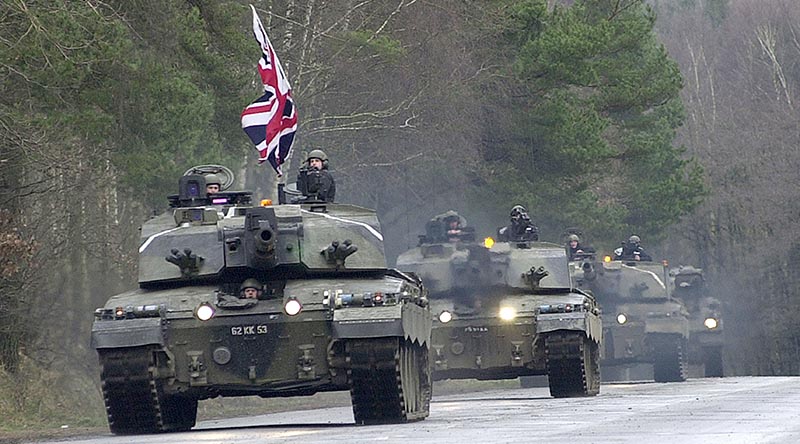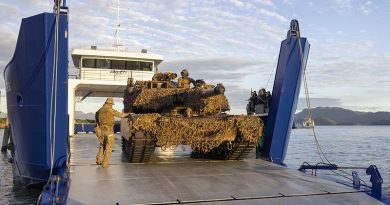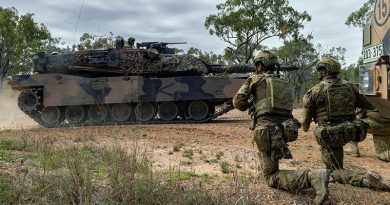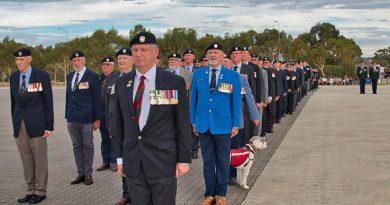Being a tank regiment (or not)

1st Armoured Regiment was formed on 7 July 1949. Two years later it affiliated with the British Royal Tank Regiment (RTR); the oldest tank unit in the world, dating from 1916.
The affiliation was given real meaning when, for many years, the RAAC’s most promising officers served as squadron leaders with the RTR for two years. This was with the British Army on the Rhine (BAOR), at a time when the Cold War was at its height.
Recognising that affiliations help to provide strength in difficult times, the RTR’s Regimental Secretary has been informed that:
“The Chief of the Australian Army has stripped 1 Armd Regt of its tanks and made it a non-combatant, with a new role evaluating new technologies. It appears that the imperative behind this is the need to save money in a defence budget struggling to meet the costs of nuclear submarines. Surprisingly, this is happening at a time when Australia’s strategic circumstances are described as “most perilous”.
The first responsibility of the Regimental Council of the Royal Tank Regiment is to “guard Regimental traditions, to foster esprit-de-corps, and to represent Regimental interests”. Sadly, 1 Armd Regt has no such body to call upon and its 75-year heritage is now in jeopardy. HRH King Charles III, as Colonel-in Chief of the RAAC, has been advised and has “very carefully noted” what has happened.
Former members of 1 Armd Regt have banded together to stress the importance of regimental esprit-de-corps and tradition. While the RTR Regimental Council would never have to confront these circumstances, is there any advice which can be offered in terms of the best way of safeguarding regimental traditions?”
This is an impossible question for 1 Armd Regt’s affiliated regiment; how will the Regimental Secretary respond?
The main thing, however, is that the RTR is now aware of what’s happened to its affiliated unit.
One might have hoped that the RAAC hierarchy might have initiated such advice, but recent experience has indicated that this is unlikely to happen — and nobody would be told if it did. (The lack of communication across the RAAC as a whole, is something that has been brought to the attention of the HOC.)
One has to wonder how the RTR views its affiliation, as it is now, with a combat experimentation group. No such thing as the shared bond between tight-knit tank crews, anymore. No such thing in common, as the sound of multiple engines firing on the command: ‘Start Up!’. No such thing as the shared sight of tracer rounds converging on a long-range target.
In short, the two units have nothing in common anymore – one has to wonder why they would want to continue to be affiliated?
Lieutenant Colonel Bruce Cameron, MC, RAAC (Ret’d)
FILE PHOTO (January 2003): 2 Royal Tank Regiment Challenger 2 tanks on Hohne Ranges, Germany. UK MoD photo by Sergeant Teresa Pickin.
.
.

.
.





